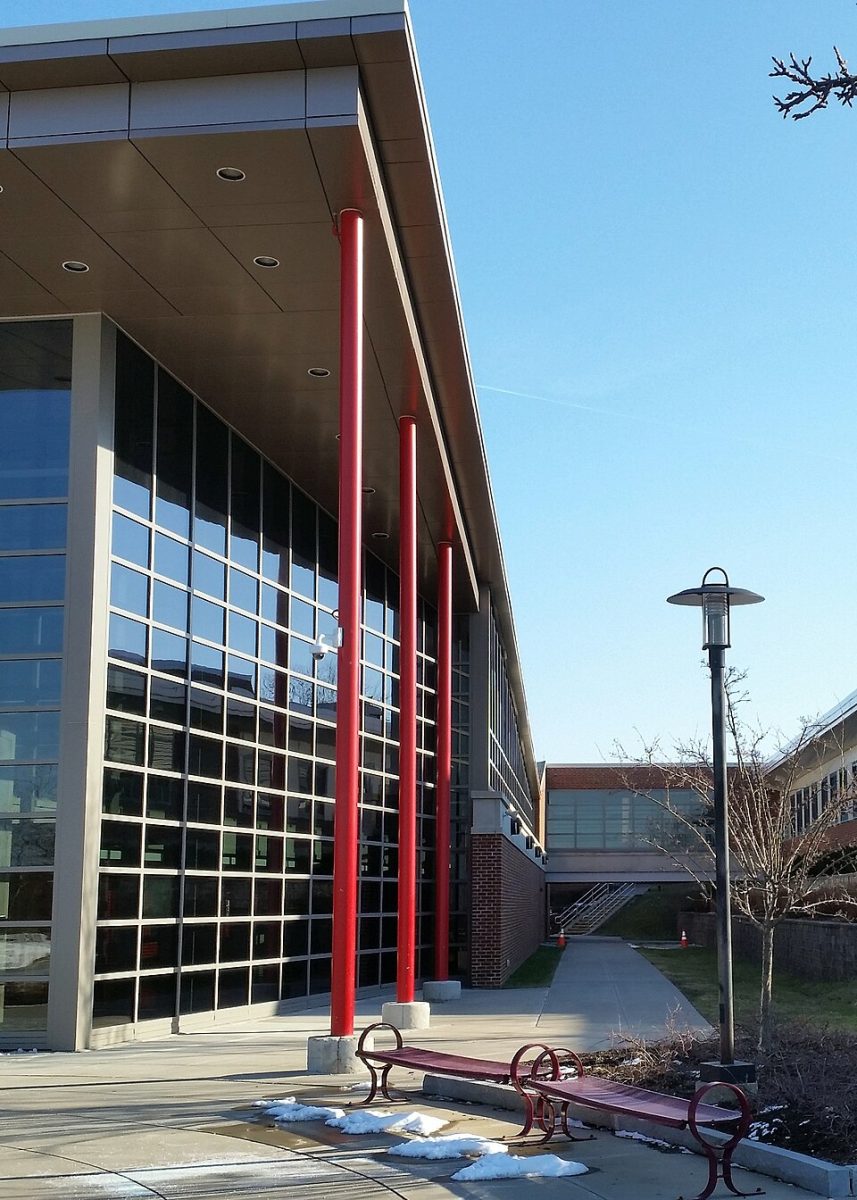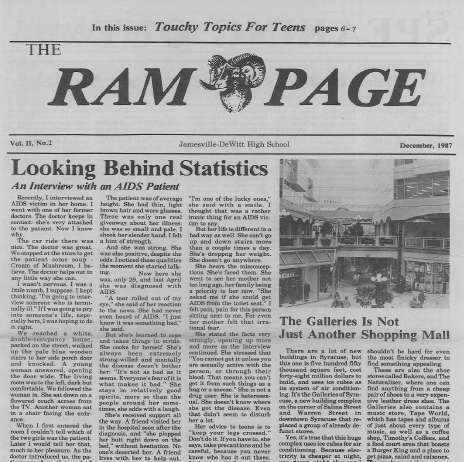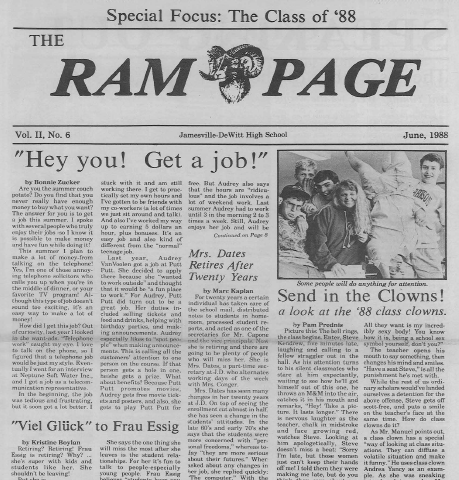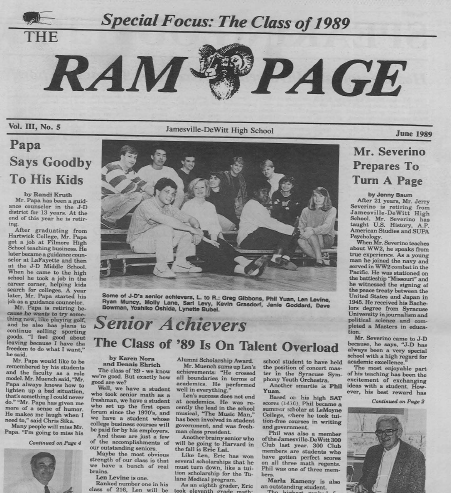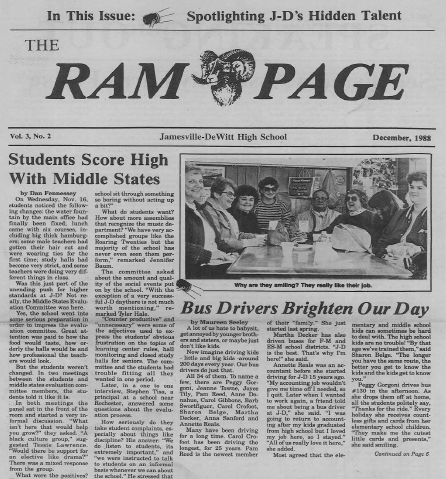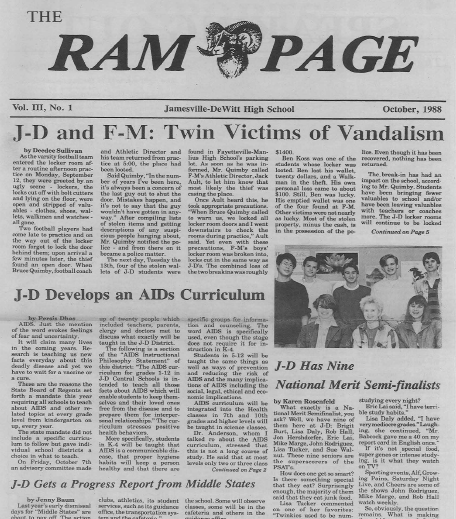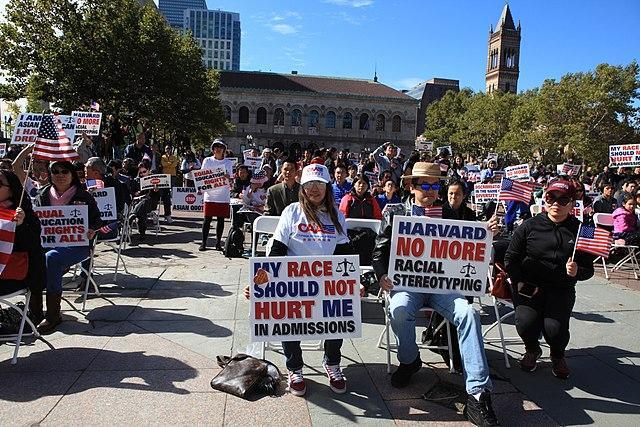As seniors are applying to colleges, every aspect of their lives will have an effect on their decision — even their race. The process known as affirmative action seeks to ensure that minorities are being accepted into universities at a reasonable level, sometimes at the expense of more qualified students of another race. While diversity is a good thing for the college experience, a race-based system is not. Switching to a socioeconomic system of affirmative action would ensure that diversity is still present on college campuses while also ensuring no one is discriminated against based upon their race.
“Does Diversity Excuse Discrimination?”
When analyzing race-based affirmative action in college admissions, we are met with one essential question: does diversity excuse discrimination? In other words, does ensuring a diverse college campus excuse denying admissions to certain groups of people despite having adequate, or in some cases, above adequate qualifications? If we are truly a country based upon equality, the answer is obvious; a race-centered system cannot continue.
But this is not to say affirmative action cannot exist, rather the opposite. Affirmative action is necessary to college admissions as long as it centers around wealth. There is no doubt class has an effect on one’s education level. The wealthier the family, the higher chance the student went to a private school and will most likely go to a private college. On the opposite side, less fortunate families often rely on public schools — often poorly funded with fewer internal opportunities. Based on this fact alone, the absence of a form of affirmative action would ensure only the wealthy would attend the most prestigious institutions, which is obviously not ideal.
It’s not a secret that race and class are deeply intertwined in American society, so they cannot be separated from each other. A race-based affirmative action system takes away the essence of class, hoping that racial lines create socioeconomic diversity on campuses. But this is not always the case. Harvard University considers race in its holistic review of a candidate’s application. According to the statistics for Harvard’s class of 2025, 15.9% of students identified as African American, 25.9% identified as Asian American, 12.5% identified as Hispanic or Latino, and 44.1% identified as white. Despite the disparity in races, 67% of their total student body still comes from families in the top 20% of wealth in America while a mere 4.5% of their students come from the bottom 20%. If affirmative action was created to increase diversity in colleges, it should reflect more than just race. Socioeconomic diversity on campuses would introduce students to new ways of life and expose them to cultural differences, not only based on region but also on wealth.
According to a paper written by sociologist Sean F. Reardon, Associate Professor at the University of Pennsylvania Rachel Baker, Assistant Research Director at the Brookings Institution Matt Kasman, professor at the University of North Carolina at Chapel Hill Daniel Klasik, and then masters student at Stanford University Joseph Townsend, suggests socioeconomic-based affirmative action could allow for a better balance between race and socioeconomic standing on college campuses. The simulation discussed in this study draws the conclusion that due to the correlation between race and economic standing in America, socioeconomic affirmative action could nearly maintain the current racial diversity on campuses. Although it is possible that diversity could minimally suffer, the socioeconomic diversity on campus would greatly increase. The greater diversity on campus, the more opportunities students will have to learn from one another. It is in everyone’s greatest interest to become a well-rounded individual, and socioeconomic affirmative action is the first step toward this goal.
One of the main arguments proponents of race-based affirmative action use is that race often goes along with culture, and exposure to different cultures is essential to being a well-rounded person. This is completely true. There is no denying exposure to different cultures is a good thing for not only individuals but society as a whole. But what this argument lacks is exclusivity to a race-based system. Moving to a socioeconomic system of affirmative action wouldn’t end racial diversity on college campuses. In fact, it would increase the diversity of social classes. The correlation between race and socioeconomic standing in America ensures racial diversity is still apparent on campuses. Just like exposure to different cultures is essential, exposure to different ways of life is also essential. This system of affirmative action would create a mix of cultures and classes to provide students with the greatest opportunity to learn from one another.
Diversity does not excuse discrimination. Exposure to different cultures is imperative to creating well-rounded students, but racial affirmative action is not the best way to achieve this. Looking at a student’s socioeconomic status will secure racial diversity on college campuses while also ensuring no one is treated unfairly based on their skin color.





